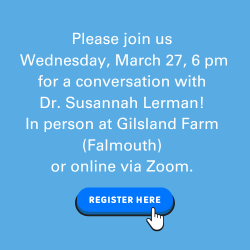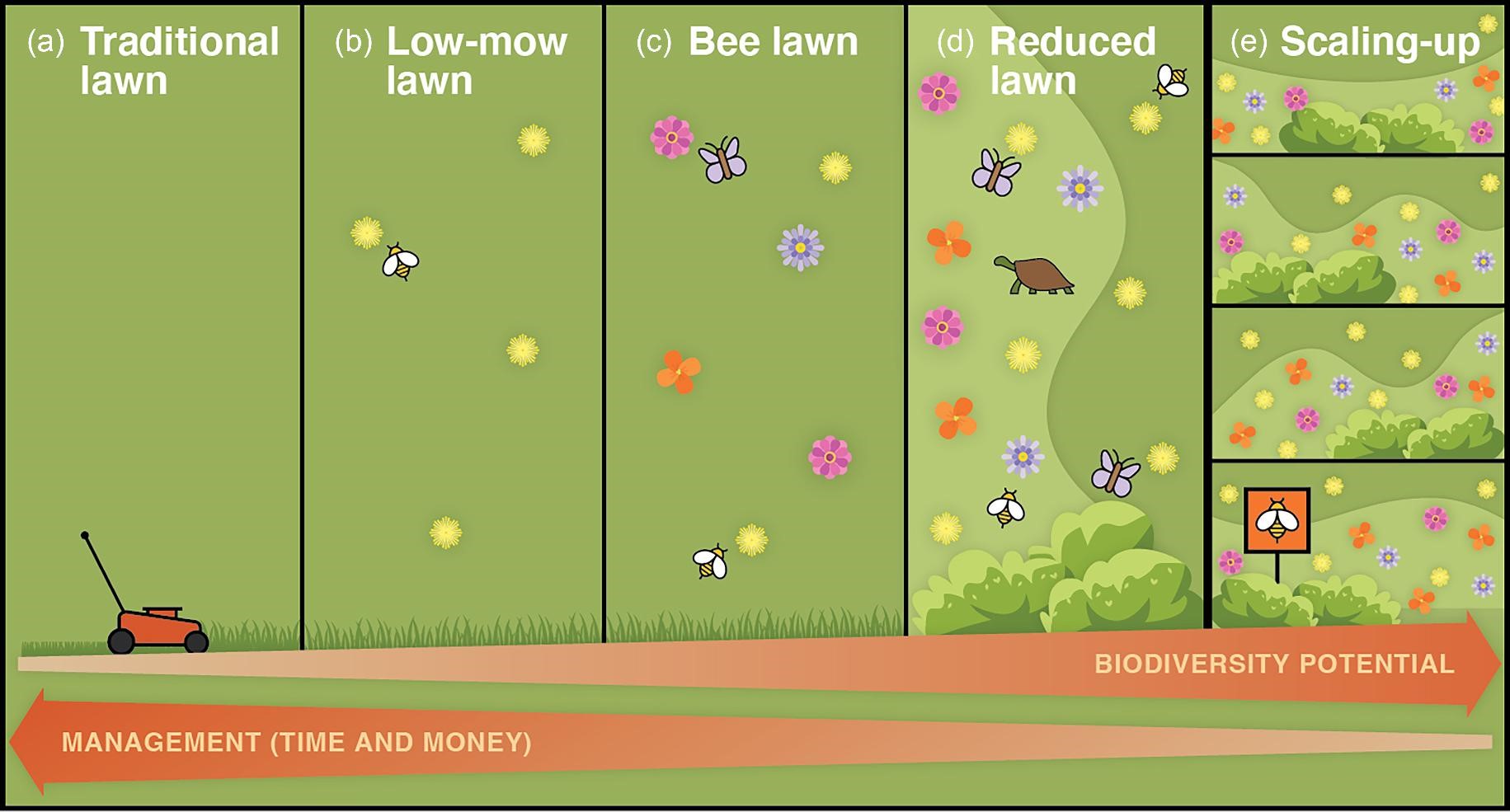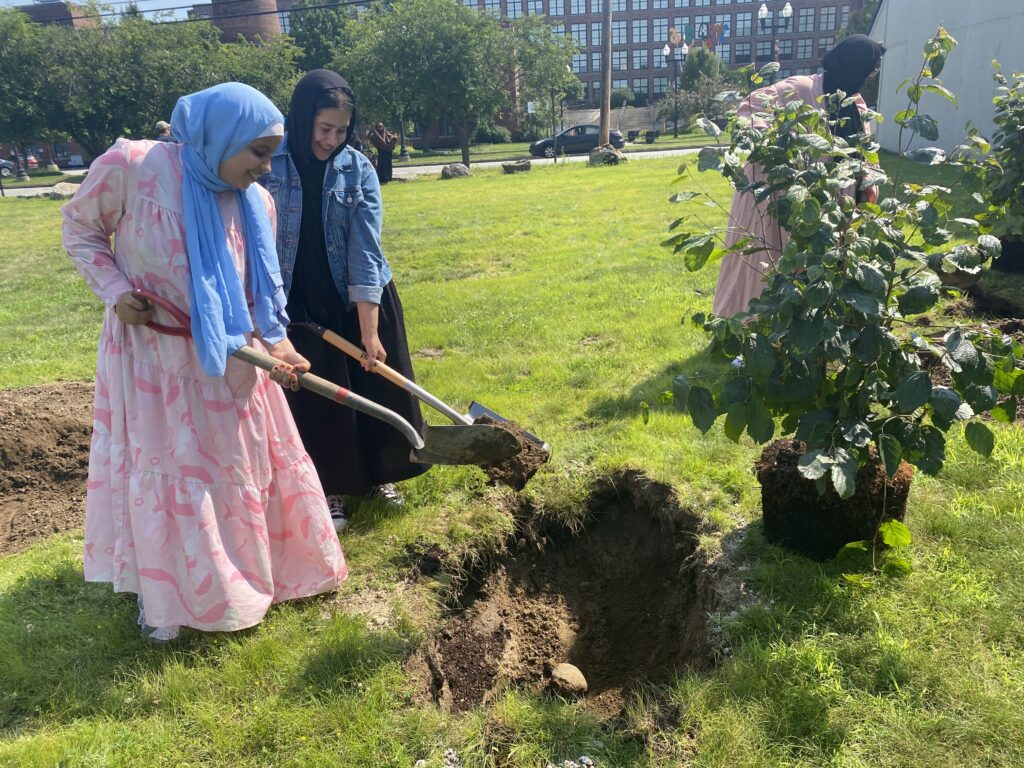
 In a recent groundbreaking study titled “Humanity for Habitat: Residential Yards as an Opportunity for Biodiversity Conservation,” Dr. Susannah Lerman and her team of professional ecologists and conservationists have unveiled a paradigm-shifting perspective on urban biodiversity. Published in the esteemed journal BioScience, this research sheds light on the critical role that residential yards play in supporting local ecosystems.
In a recent groundbreaking study titled “Humanity for Habitat: Residential Yards as an Opportunity for Biodiversity Conservation,” Dr. Susannah Lerman and her team of professional ecologists and conservationists have unveiled a paradigm-shifting perspective on urban biodiversity. Published in the esteemed journal BioScience, this research sheds light on the critical role that residential yards play in supporting local ecosystems.
Dr. Lerman, a research ecologist for the U.S. Forest Service, has long been fascinated by the intricate relationship between human-modified landscapes and wildlife. Her work has challenged conventional wisdom, demonstrating that even the most manicured suburban landscapes harbor remarkable biodiversity. By focusing on residential yards as a microcosm of urban ecosystems, Dr. Lerman has pioneered a new frontier for biodiversity conservation.
The findings of the study underscore the importance of native vegetation in promoting biodiversity within residential landscapes. Research reveals that incorporating native plants into garden designs can significantly enhance habitat quality for a diverse array of species, ranging from pollinators to songbirds and small mammals. Furthermore, native plants are essential for supporting local food webs and mitigating the impacts of habitat fragmentation.

One of the study’s most compelling aspects is its emphasis on the role of citizen science in advancing our understanding of urban biodiversity. Through community engagement initiatives spearheaded by Dr. Lerman and her team, homeowners are empowered to participate in wildlife surveys, habitat restoration projects, and educational outreach efforts. By fostering a sense of stewardship among residents, Dr. Lerman aims to create a grassroots movement for biodiversity conservation within suburban communities.
“…incorporating native plants into garden designs can significantly enhance habitat quality for a diverse array of species.”
Moreover, the study highlights the potential for collaboration between homeowners, local authorities, and environmental organizations in promoting biodiversity-friendly landscaping practices. By implementing policies and incentives that incentivize the use of native plants and wildlife-friendly landscaping techniques, municipalities can play a pivotal role in creating more sustainable and ecologically resilient neighborhoods.

For Maine Audubon, Dr. Susannah Lerman’s research sheds additional light on what we’ve long espoused as central to our Bringing Nature Home program’s purpose. By recognizing the untapped potential of residential landscapes and embracing our role as stewards of the land, we can create a more harmonious coexistence between humanity and habitat. Dr. Lerman’s work reminds us that even in the most urbanized environments, nature’s resilience and beauty abound, waiting to be nurtured and celebrated.
